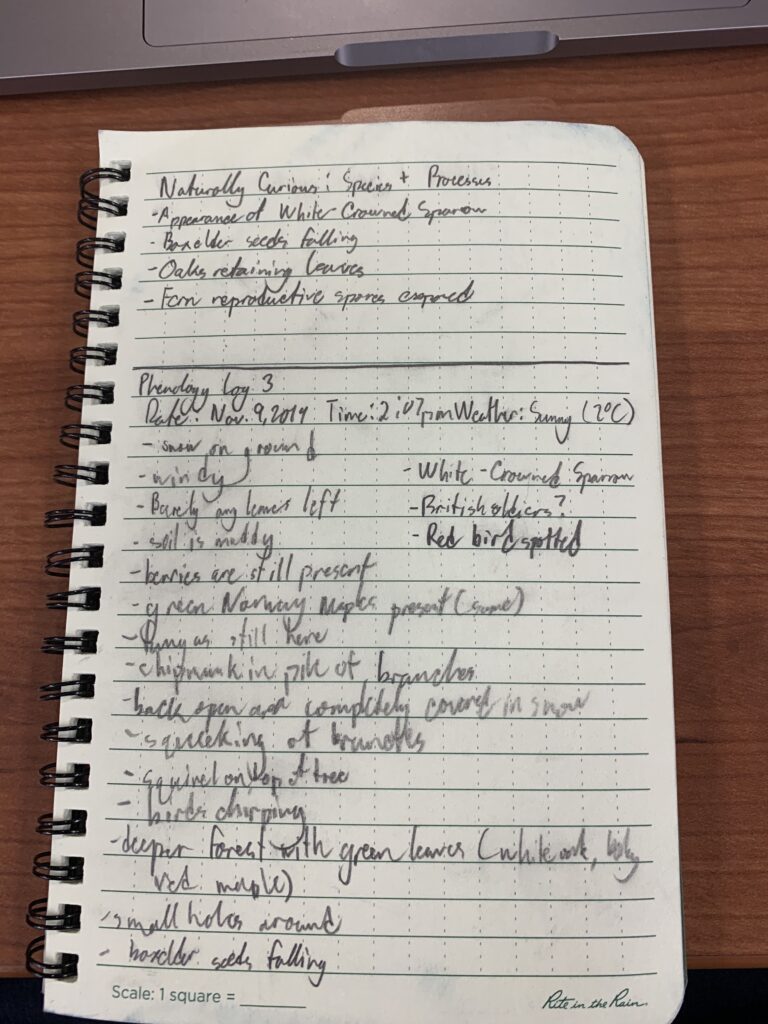Date: Nov. 9, 2019, Time: 2:07pm, Weather: Sunny with cloudy parts (2°C)
A lot has changed from when I last visited my place. The biggest one being the weather and the presence of snow on the ground and some tree branches. Compared to the previous visits I was not able to find as much wildlife as I would usually. I was only able to catch glimpses of one squirrel and one chipmunk as they were foraging the tops of trees and then running deeper into the woods or into the large clump of branches. Which is different than their previous behaviors where they would usually just climb to the top of the trees and wait for me to leave. This may be due to them needing to store food as fast as they can since it is getting colder and colder. However, I was able to find a new bird species I have not seen before plus another sighting of a white-crowned sparrow. For the new bird species, which I identified as a Red Cardinal, there were actually 2 of them on top of the eastern white pine tree near the central boxelder foraging at the near top of the tree. As for the leaves, there were little to no more leaves left on the top of trees, there were only leaves present in the underbrush or as leaf litter The only leaves that were left where the lower beech leaves, lower Norway Maples and the leaves of bushes near the entrance of the Centennial Woods. The ground also was much more muddy and wet compared to the previous times, this may have been due to the snow that melted that morning. This exposed the ground much more than usual and thus made it harder to walk on.
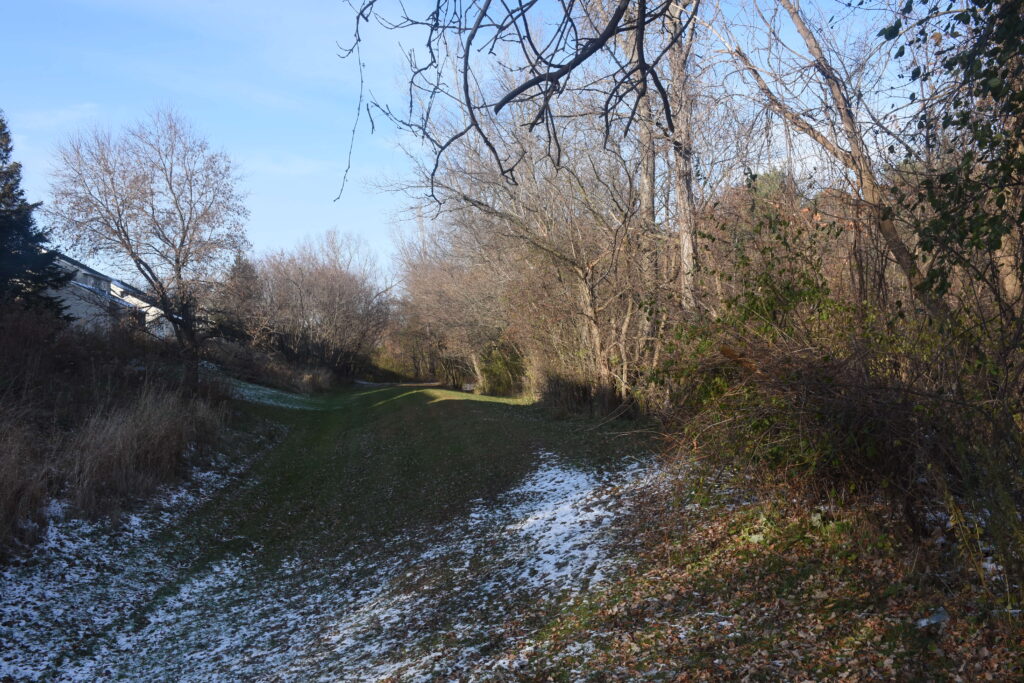
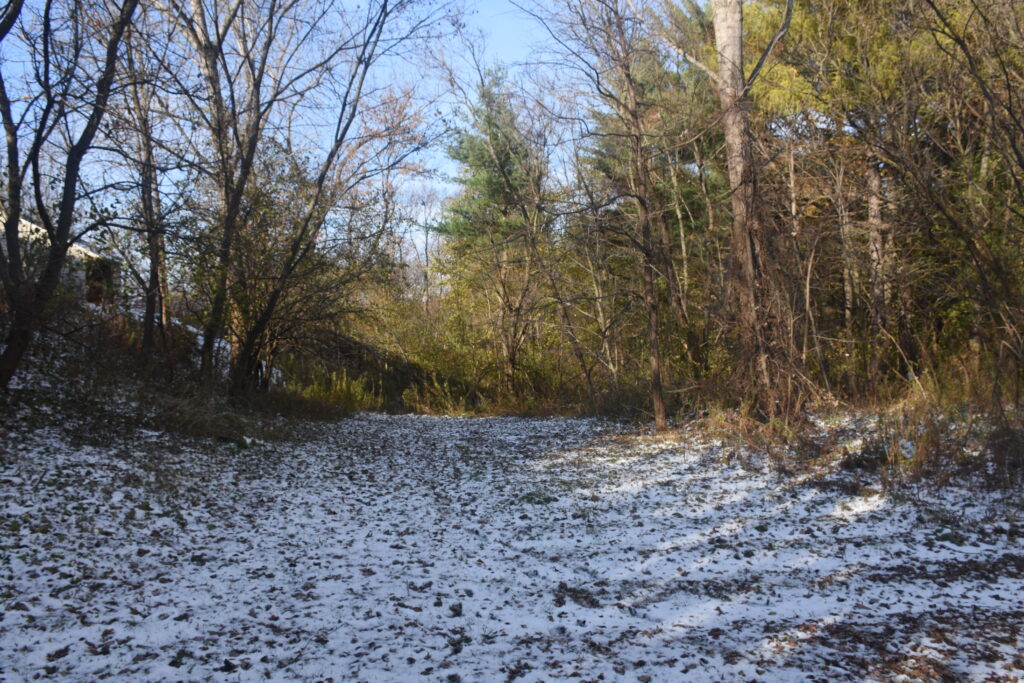
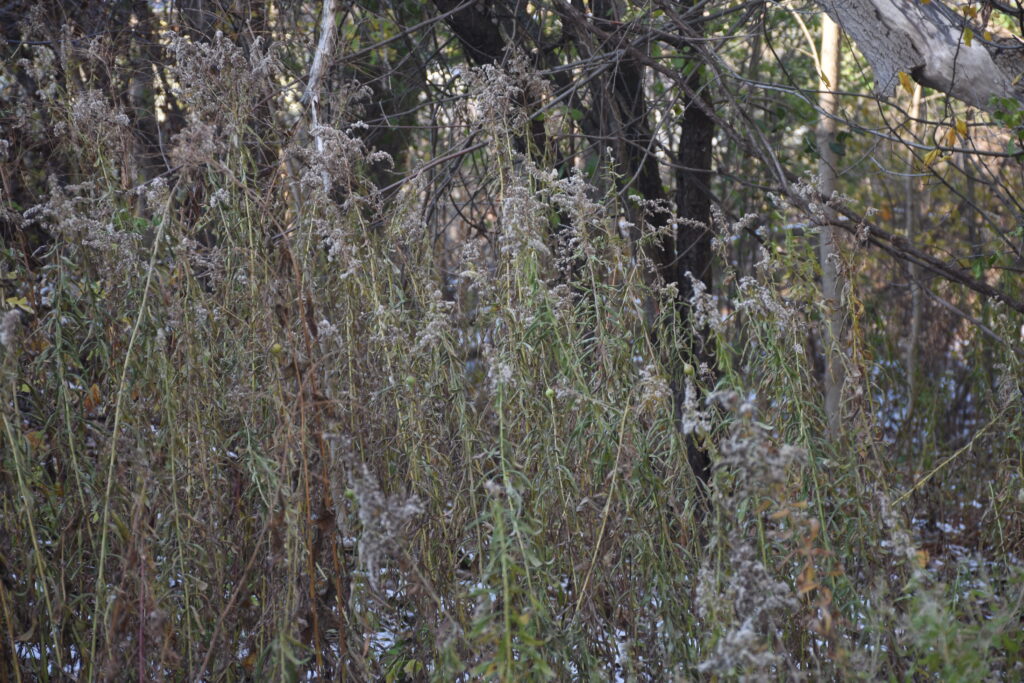
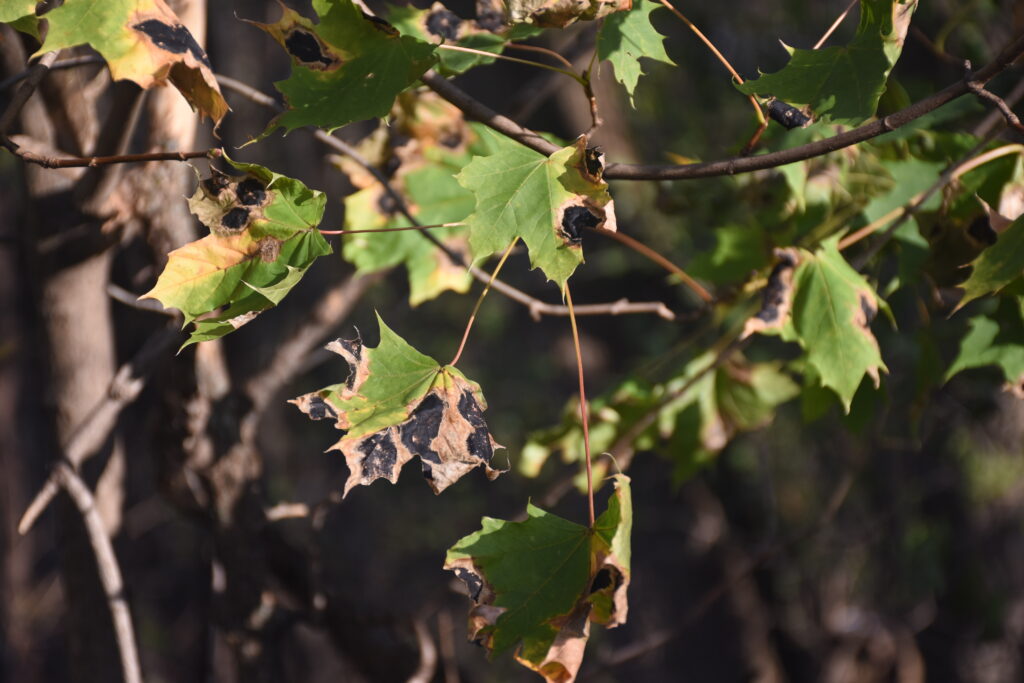
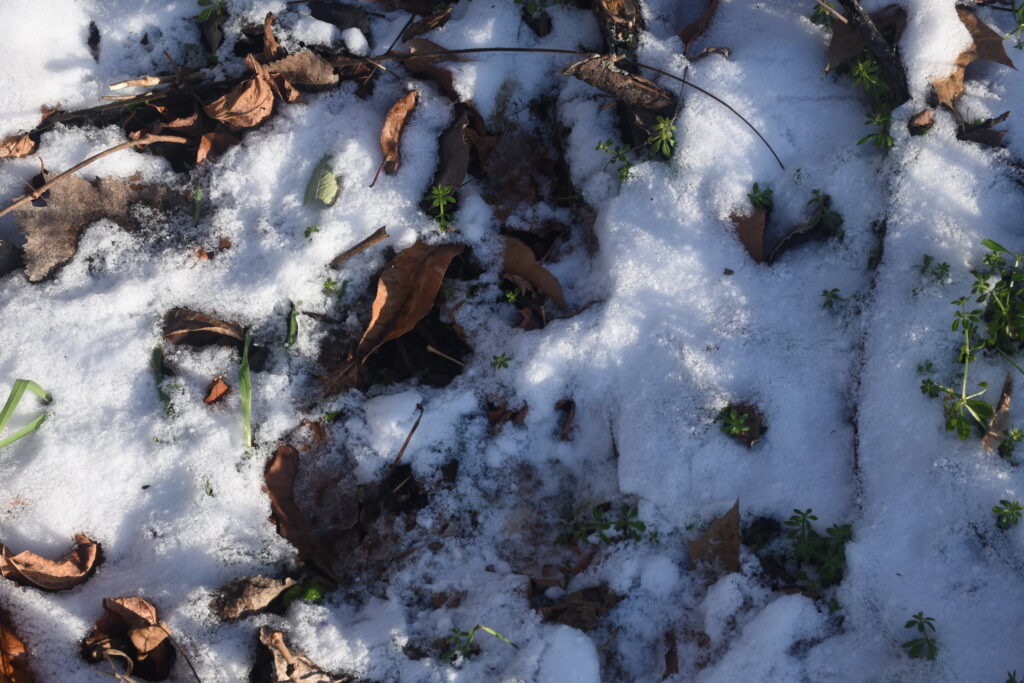
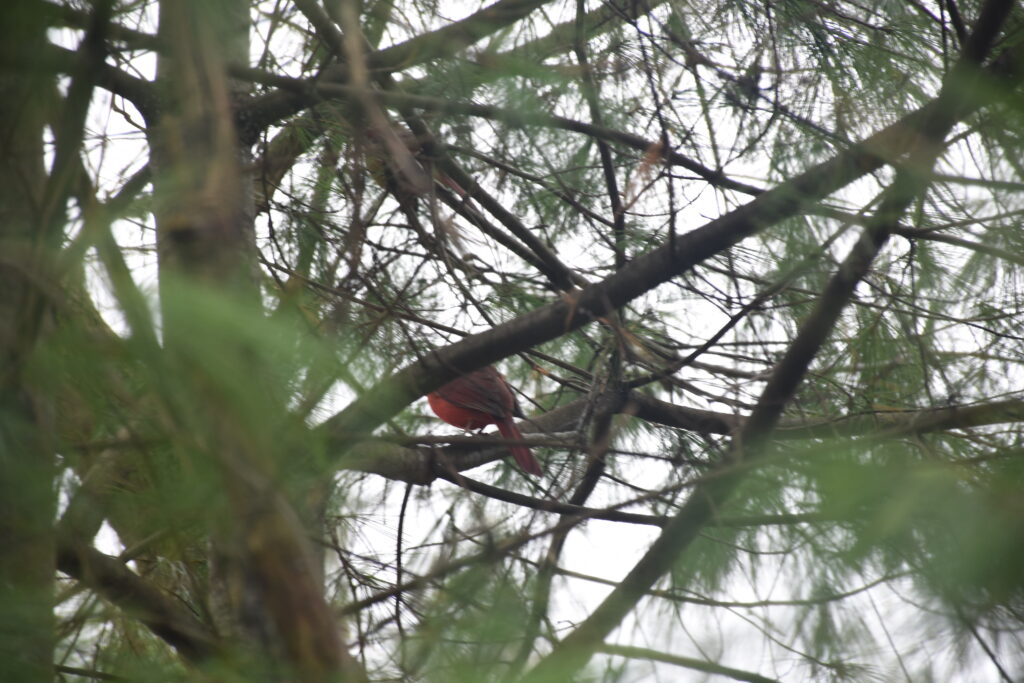
This area as said before is a transitional period between developed land and a natural area which means that the land must have a rich history of use. Even today the pipe that is located in the little valley of place serves as a watershed. There are clear signs also of human development with the grass being cut short meaning the area has been maintained. This gives off a very different feel than the woods or even the suburban area nearby. It is a place that has parts of both the developed and natural land that creates a unique sense of place. It has vegetation such as the boxelders and maples that have been untouched by land development but has the maintained short grass and the little valley with a pipe in it which shows clear signs of use. This also tells us that it has only a recent history of use since the suburban area nearby, known as the Centennial Court, is fairly new. However, before then it was used similarly to the Centennial Woods as a natural area. The area is almost insecure in a way because it’s not just unnatural or natural its a mixture of both and it is important to both the unnatural and natural areas around it. It acts as a watershed for both areas and it acts as a place where wildlife can forage for food. It’s a place where both sides meet thus creating its own sense of place different to the areas around it.
